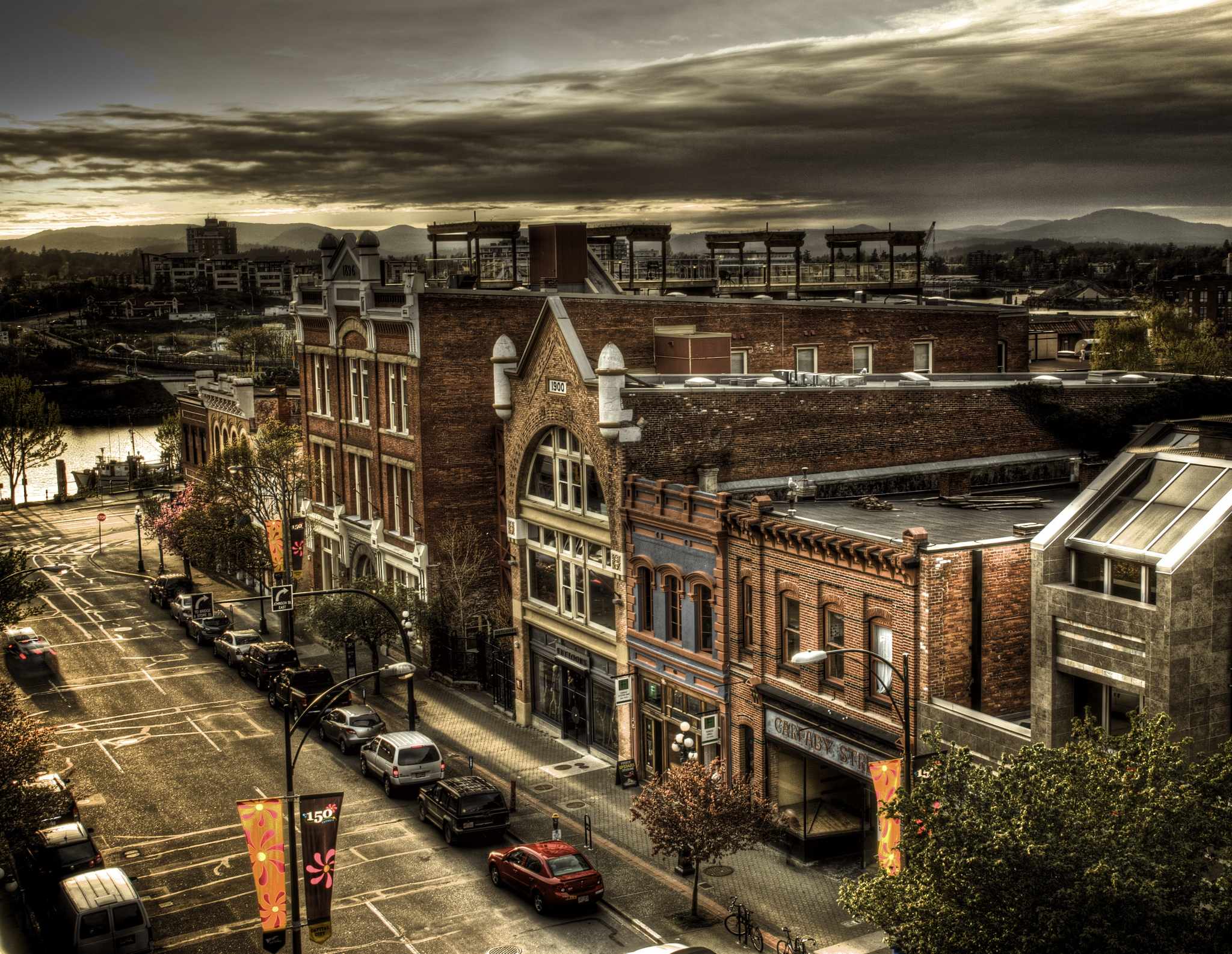Victoria Is Still Cleaning Up Last Century’s Toxic Mess
Vice

You have to give Victoria, BC, credit where it's due: that city does not rush into anything. When the rest of the world decided dumping raw sewage into the ocean was no longer a chill thing to do, Victorians held out for decades.
To this day, Victoria is still trying to figure out how to update its century-old waste system. The city has added extra pipe and a few screens, but nevertheless pumps untreated shit and chemicals out to the Juan de Fuca Strait at a rate of 130 million liters per day.
The capital city appears to be having some difficulty leaving the Victorian era behind, at least when it comes to cleaning up old messes. In fact, an even older marine dumpsite, left by a coal gasification plant operated from 1862 to 1952, is still costing taxpayers a few million in 2015.
Victoria's Rock Bay would be a highly valuable slice of scenic harborfront property if it hadn't been storing massive amounts of toxic coal sludge for the last 150 years. The Victoria Gas and Electric Company, which used to process coal into the gas needed to light residents' 19th-century lamps, naturally dumped its leftover tar and chemicals straight into the harbor.
"A lot of the industrial harbor is super contaminated," says Torrance Coste, a Wilderness Committee campaigner on Vancouver Island. "There was a lot of activity there before environmental standards were even a thing."
The Rock Bay property is now jointly owned by Transport Canada and BC Hydro. The coal gasification plant is, of course, long gone. "We weren't around then, but we're legally responsible for the site, and it was quite a mess," says BC Hydro spokesperson Ted Olynyk. "The site was at one time one of the most contaminated sites in the province, perhaps even the country."
BC Hydro and Transport Canada originally teamed up on the reclamation project in 2004. They started with $32 million and hopes of completing the cleanup in three years' time. But the project descended into something far murkier and much more expensive.
So far they've removed 250,000 tons of soil containing polychlorinated biphenyl and other bad stuff—but there's still more work to be done. "It was very complicated," Olynyk says of the project's time and cost overruns. Digging efforts revealed more toxins migrating in "weird directions," he explains. "Over the years, as we've moved along, the environmental standards changed.
"It was like trying to nail Jello to a wall," Olynyk adds.
The most difficult phase of the cleanup has actually yet to happen. This involves draining part of the harbor and removing a bunch of toxic sediment from the seabed and foreshore. Transport Canada, which owns the wet half of the property, is building a dam in preparation for the drainage stage. The federal department expects to spend another $30 million dredging up some 88,000 tons of sediment, bringing the price tag up to about $138 million.
(One stage that has been completed, however, is the commission-a-First-Nations-mural phase. Last week, BC Hydro sent out a news release unveiling the 250-meter-long panel of artwork painted by Songhees and Esquimalt youth.)
In June 2012, Transport Canada announced it would sell the property to Songhees and Esquimalt for $2.8 million once the remediation job is done. According to a "rough timeline," Olynyk says major construction phases should be completed by mid November, with further monitoring work continuing until 2020.
Which, coincidentally, is the same far-off year Victoria is due for a 21st-century sewage treatment plant. Welcome to the future, Victorians.
This article originally appeared on VICE Canada.
Photo: Steam Punk Yates Street, Victoria BC. Alejandro Erickson via Flickr.